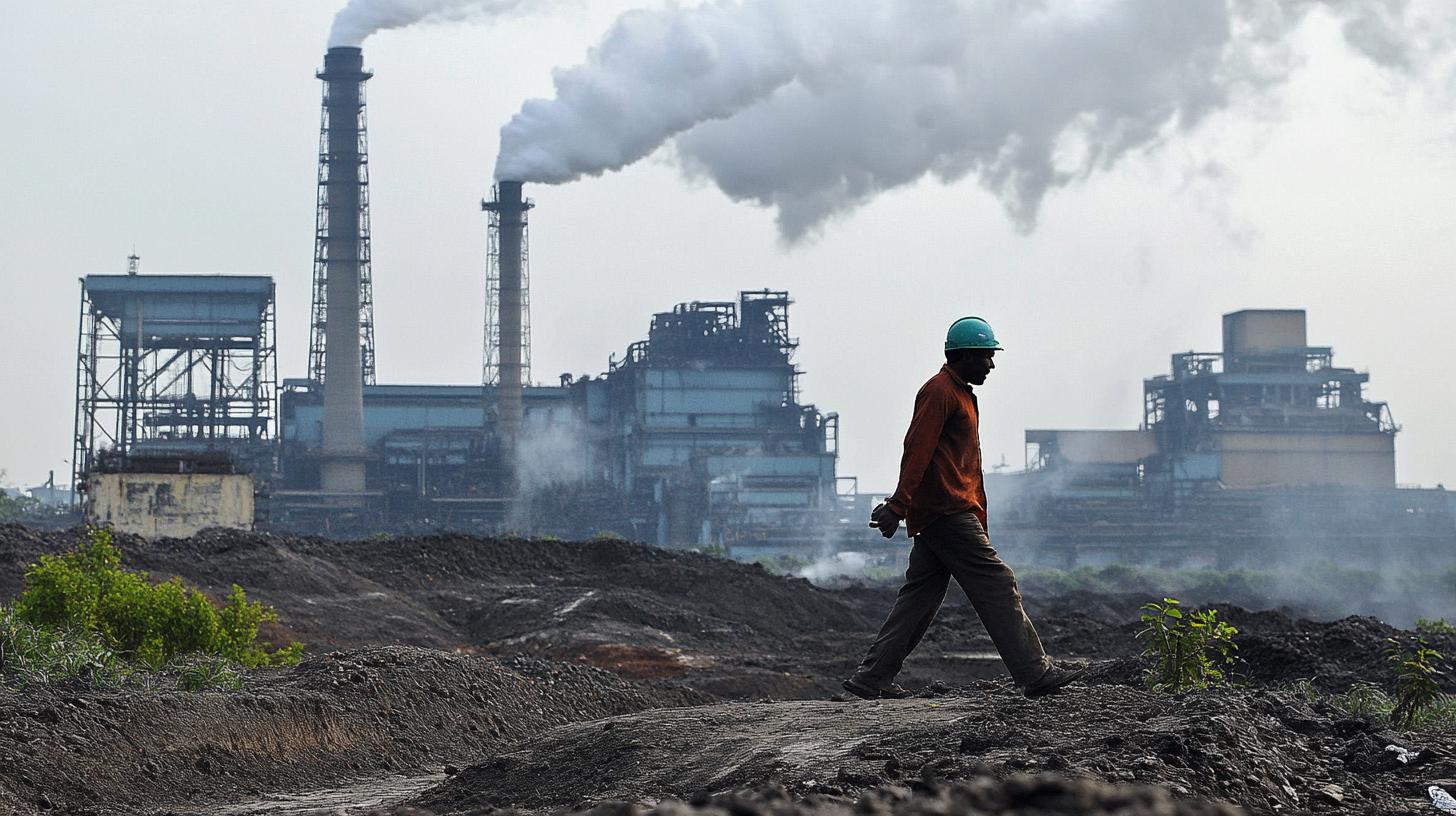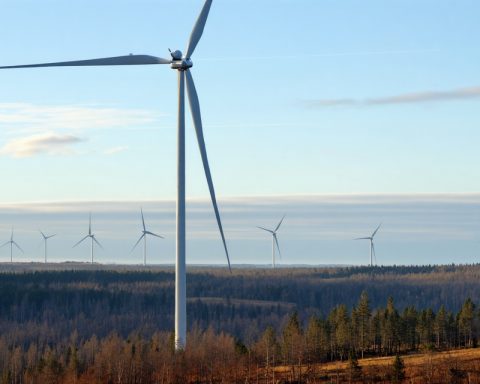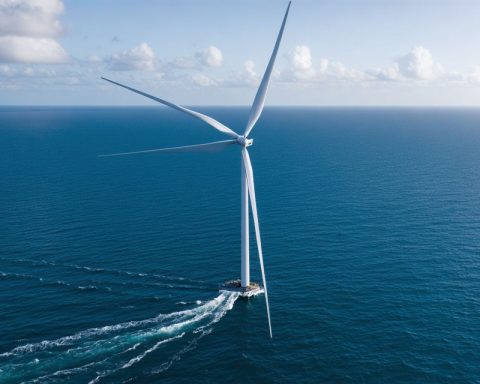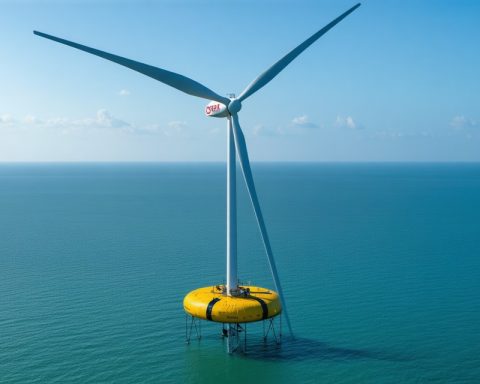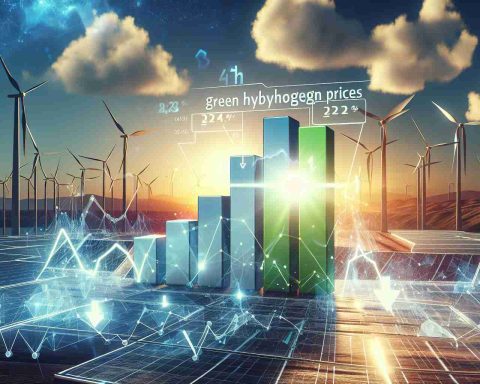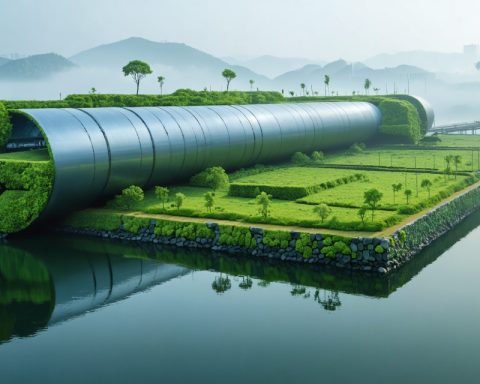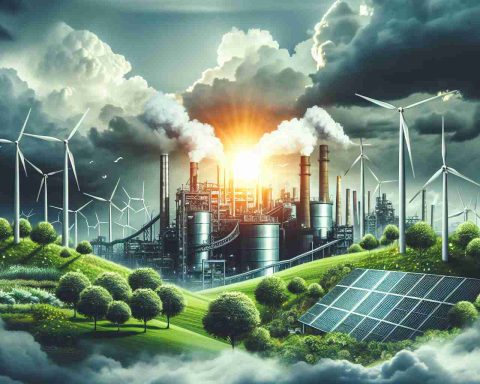In a groundbreaking initiative, India is setting the stage for an eco-friendly transformation in the steel industry. Gensol Engineering Ltd, in collaboration with Matrix Gas & Renewables, has announced plans to construct the nation’s inaugural and largest green steel production plant, boasting a capacity of 50 tons per day. This facility will be entirely powered by green hydrogen, marking a significant stride towards sustainable manufacturing practices.
This ambitious venture is one of three pilot projects approved under the National Green Hydrogen Mission, with backing from the Ministry of Steel and the Ministry of New and Renewable Energy. Such initiatives underscore India’s commitment to revolutionizing its industrial sector through green technology.
The Financial Picture and Government Incentives
The total investment for this venture amounts to INR 321 crore, with substantial backing from the Indian government, which is covering 50% of the capital expenditure. This financial support is indicative of the government’s dedication to cleaner industrial processes.
Revolutionizing the Steel Production Process
The plant will implement direct reduced iron (DRI) vertical shaft technology specifically tailored for Indian-grade iron ore. Conventionally reliant on fossil fuels, the process will now utilize renewable energy in the form of hydrogen, aiming to eliminate carbon emissions entirely from the sponge iron production.
Collaborative Efforts for a Greener Tomorrow
The initiative is further strengthened through collaborations with esteemed partners, including the Indian Institute of Technology Bhubaneswar and Sweden’s Metsol AB. Matrix Gas & Renewables will manage every stage of this project, from securing land to detailed engineering, ensuring successful execution and operation.
This innovative project not only represents a leap towards sustainable development in India but also offers a scalable model for future green steel facilities across other regions.
Surprising Outcomes of India’s Green Steel Venture: What You Didn’t Know
Transformative Impacts on Communities and Global Markets
India’s foray into green steel production holds the promise of not only revolutionizing the domestic steel industry but also having significant ripple effects on local communities and global markets. By establishing a facility entirely powered by green hydrogen, the move challenges traditional steel-making processes, famously known for being resource-intensive and environmentally damaging. But what does this mean for communities and the global market?
For starters, the move is expected to generate numerous job opportunities across various sectors. How will it affect local employment? The demand for skilled workers in renewable energy, engineering, and technology is likely to soar, providing new career paths and boosting the local economy. Furthermore, the commitment to using renewable energy sources creates a cleaner environment for surrounding communities, potentially improving public health.
Changing the Global Steel Trade Dynamics
Surprisingly, India’s initiative could recalibrate the global steel trade. Are multinational companies ready for a shift towards green steel? With rising global awareness and regulatory pressures targeting carbon emissions, steel producers worldwide may feel prompted to adopt similar green technologies or risk losing competitive advantage. This could precipitate a wider acceptance and application of green hydrogen in other heavy industries.
Educational and Research Innovations
Another angle often overlooked is the educational and research opportunities that emerge from such groundbreaking projects. Institutions like the Indian Institute of Technology Bhubaneswar play a pivotal role in this project, fostering an environment ripe for research innovations. How will educational institutions benefit from this initiative? By integrating with real-world applications, academia can refine curriculums and promote technological advancements, thereby cultivating the next generation of engineers and scientists with invaluable hands-on experience with cutting-edge green technologies.
Controversies and Challenges
No path-breaking project is without its share of controversies. What are the potential criticisms and hurdles? Some debates center around the feasibility and scalability of the use of green hydrogen, especially considering the current infrastructure and costs associated with producing and transporting hydrogen. Moreover, there’s skepticism regarding the full transition’s speed and effectiveness. These highlight the necessity for sustained government support and policy frameworks to overcome financial and technological barriers.
More About the Green Steel Venture
For more insights into the strategic impacts of adopting green technologies, visit leading authoritative resources: United Nations and International Energy Agency.
By embarking on this multi-faceted green steel project, India is not just investing in a factory; it’s investing in a sustainable future for its people and offering transformative solutions to the global community. Whether this bold step becomes a widely followed blueprint depends on cross-industry collaboration and continuous innovation to address the monumental challenges and opportunities ahead.
